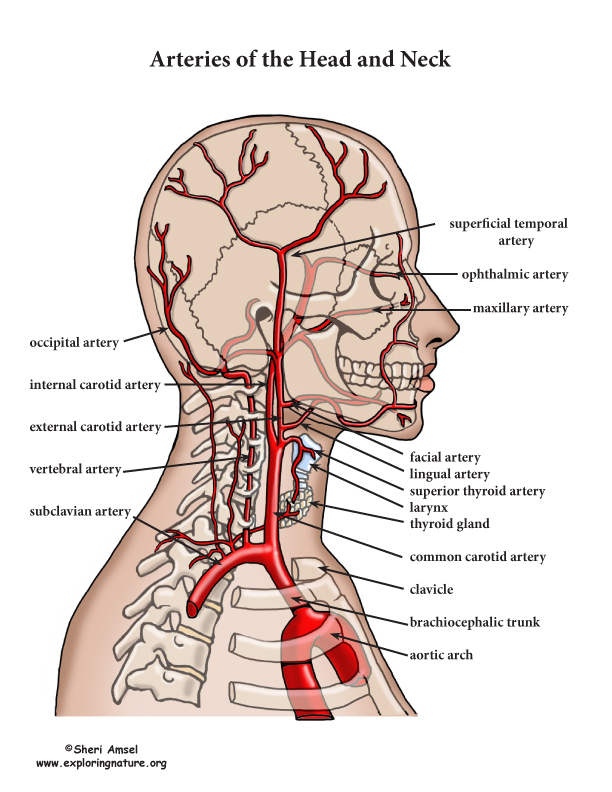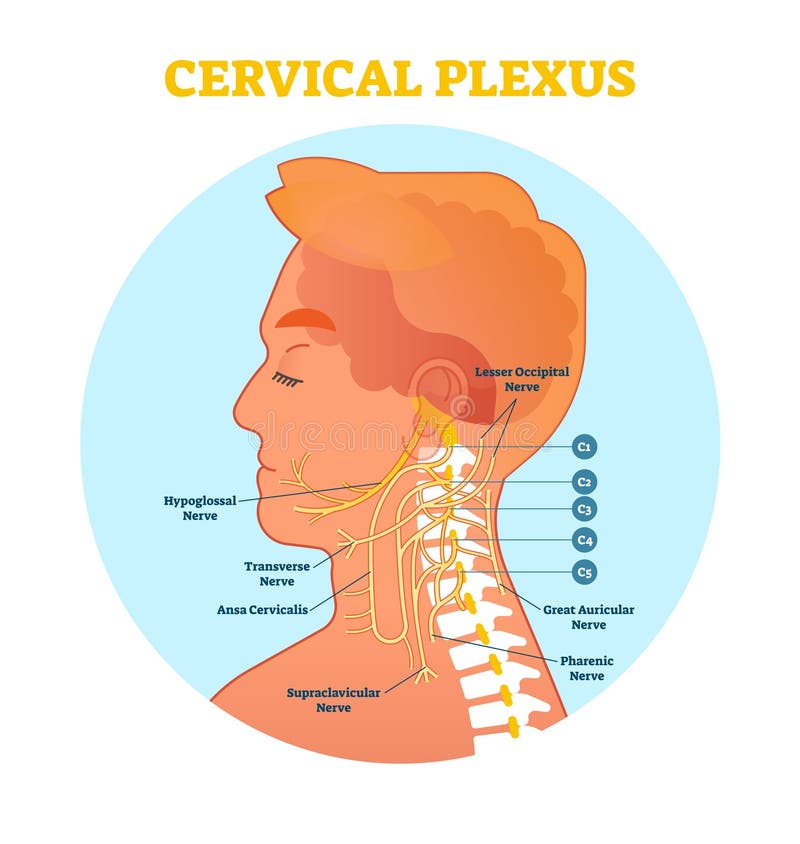

You can find it on very cheap entry-level guitars. A Non-adjustable truss rod is pretty much exactly as it sounds. A Dual action truss rod works both ways and can curve the neck in any direction, with or without the string tension.

It’s working against it to create a balanced curve. A single-action truss rod counts on the string’s tension to create the desired curve. There are three types of truss rods: Single-action truss rod, Dual action truss rod, and non-adjustable truss rod. It is used to strengthen the neck to compete with the string’s tension. The truss rod controls the curvature of the neck. There are three main types of string trees: Butterfly (most common), Barrel/Roller, and Round/Disc. And the other is to enhance the sustain when playing open strings. One of them is to guide the strings into the nut slots (so they won’t have an angle when approaching the nut). String trees are the little metal pieces you can find on some headstocks and have two main jobs. Classical guitar tuners are different from acoustics, which are different from electrics. But bear in mind that each type of guitar has different tuners. Upgrading your tuning pegs is probably one of the first guitar upgrades you’ll do. Another thing to consider when looking at tuning pegs is their Aspect Ratio, which is responsible for tuning stability and accuracy. A few different types of tuning pegs include Sealed tuning pegs (most common), Lock-in tuners, Closed / Open back vintage tuners, Side-mounted tuners, and staggered posts. The tuning keys are used to tune your guitar. Guitar Headstock Tuning keys (Tuning pegs, Machine heads) The tougher the headstock is, the less vibration it will absorb from the strings, resulting in longer sustain and richer harmonics. It may sound a bit odd, but the headstock significantly impacts the sound and sustain of a guitar.

Most of the time, the headtock and the neck are made of the same piece of wood, except for scarf necks, which is made of two pieces of wood glued together for additional strength. They are divided into three main groups: Straight, Tilted back, and Scarf neck. The headstock is the top part of the guitar, where the tuning pegs are. I did my best to sort them from the headstock all the way down to the body, but some of them are at the same height (such as the neck and fretboard), so bear that in mind. Most of them are used in all types of guitars (and guitar-style instruments). Some are exclusive to electrics, some to acoustics, and some to classical guitars. Here I go over all of the parts of a guitar. Stratocaster Style Guitar Parts Diagram.Tuning keys (Tuning pegs, Machine heads).


 0 kommentar(er)
0 kommentar(er)
